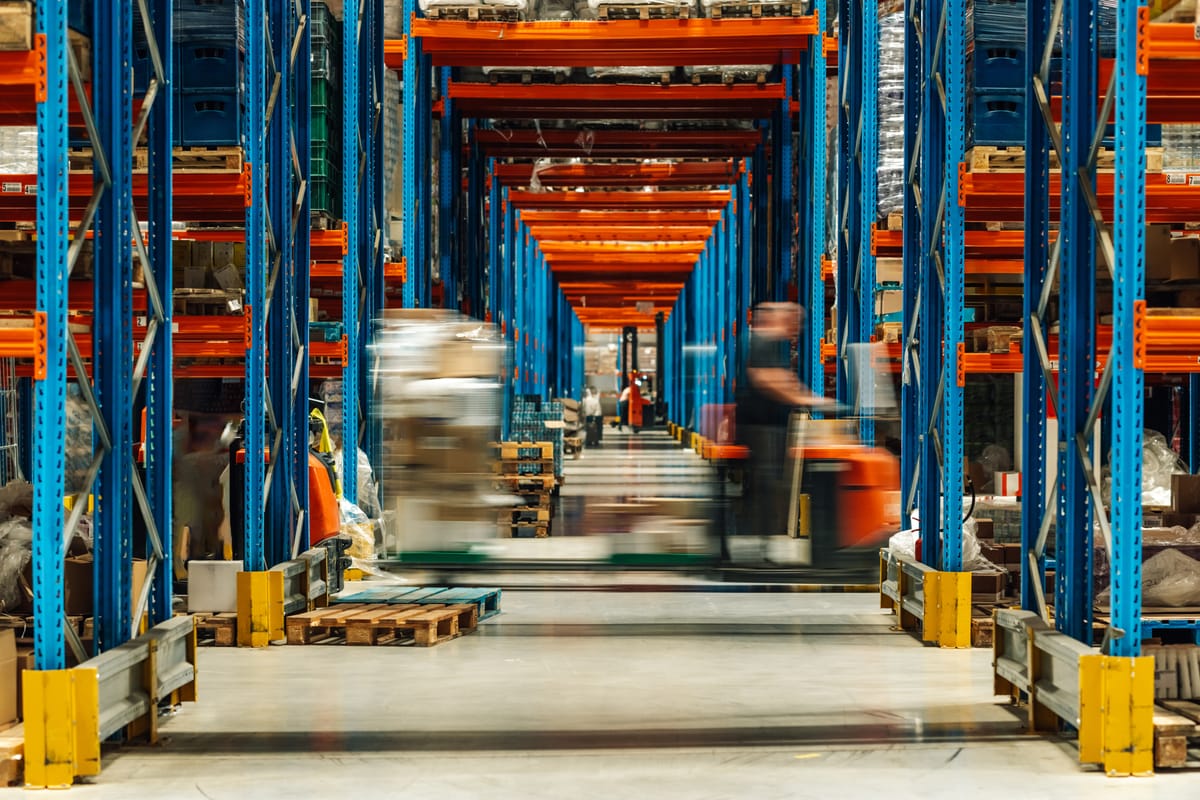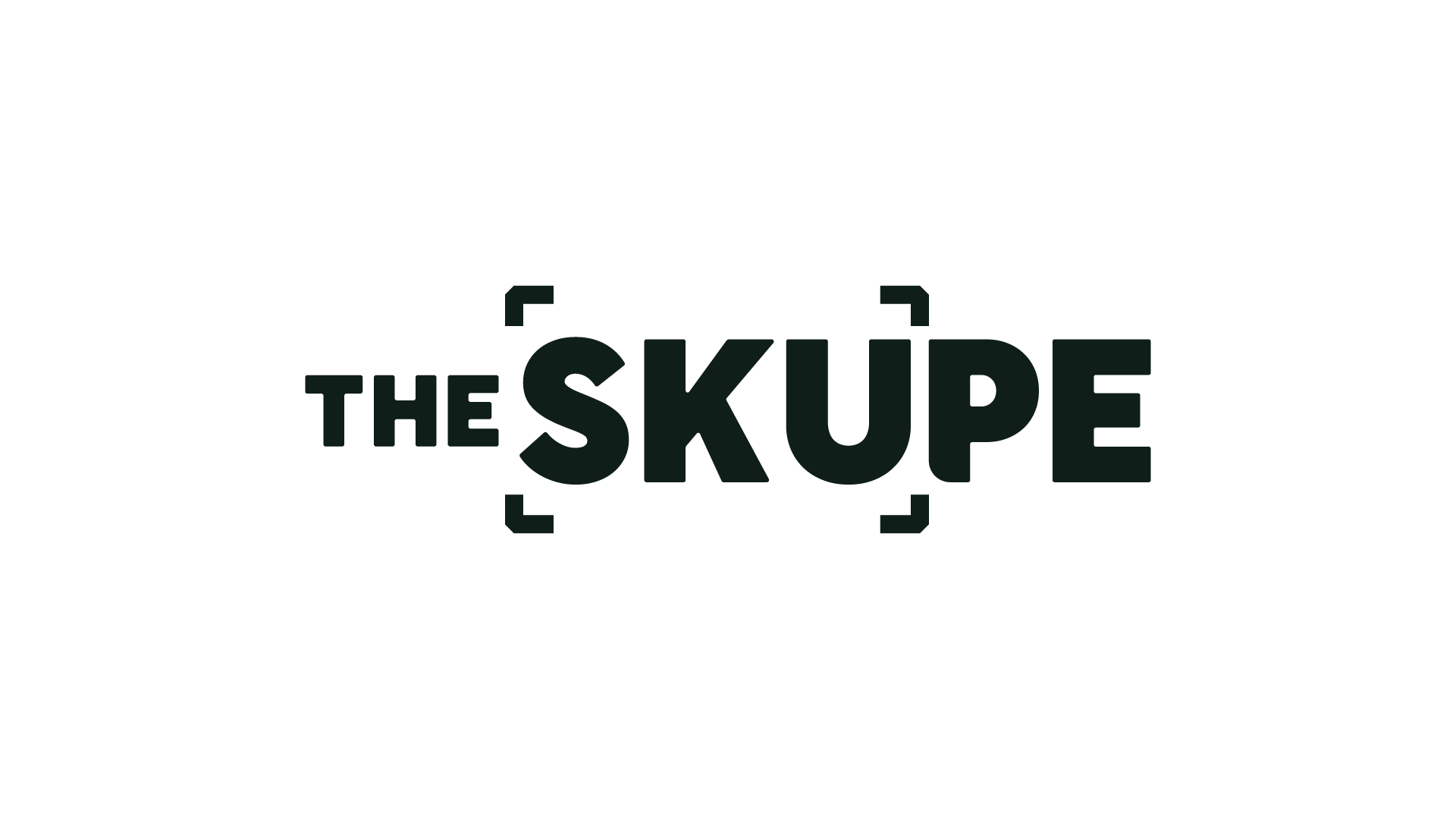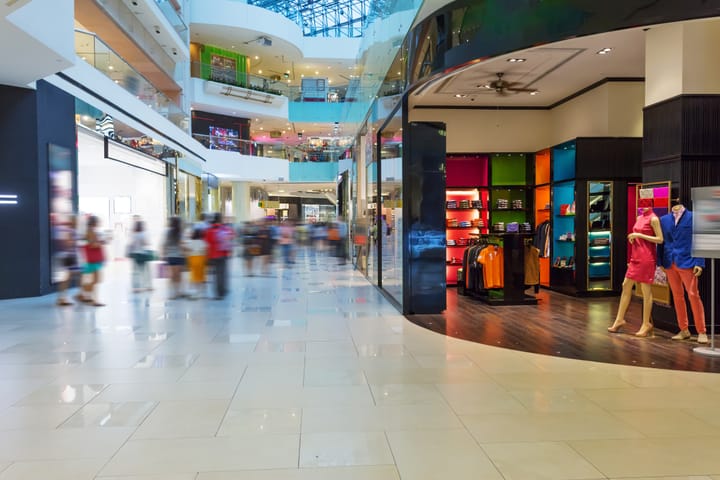Fulfillment fixes that drive sales fast
Plus: Why AR is retail’s next frontier | The return of experiential shopping

Is it time to get personal? When it comes to automated digital interactions, it depends. But when it comes to in-store experiences? Heck yes.
We look at why “slow shopping” is taking hold, along with other retail trends including mini mart pop-ups and drone delivery, and why the future of commerce is at your fingertips. Also this week, retail operations expert Donny Salazar shares key elements of the fulfillment process that can be optimized to net you more sales. Let’s get started.

Meta gets into retail. It’s looking to expand distribution of its virtual reality glasses.
Mini goes mini-er. A Dr. Jart x Sephora mini mart pops up in a mini mart.
Incoming cargo. With a break in tariffs, retailers expect a surge in overseas cargo.
Oops, my bad. How DTC brand Clean Cult turned a mistake into retail success.
Happy returns. TikTok Shop outlines return policy as sell date looms.

Retail ops Rx: How better fulfillment drives more revenue
Order fulfillment is a complex set of processes that includes managing inventory, packing and shipping orders and processing returns. There’s plenty of margin for error at any given step, but there is also a huge opportunity for retailer gains if fulfillment is optimized. Nobody knows this better than Donny Salazar, founder and CEO of end-to-end fulfillment house MasonHub, “You have to be wherever the customer is,” he says, “and in order to accomplish that, you have to have fulfillment that allows you to place your products across multiple retailers, across multiple sites, across multiple marketplaces.” Here, he shares the operational areas to pay special attention to. –Marcy Medina
What does omnichannel fulfillment really mean?
A good 3PL should be able to:
- Handle orders that drop ship, i.e. those shipped directly from a manufacturer or supplier.
- Handle orders that are fulfilled by Amazon and orders from wholesale partners.
- Abide by big-box stores’ or retail chains’ compliance rules (many 3PLs either aren’t familiar with the rules or lack the capacity for compliance).
- Integrate their system with department stores’ EDI (electronic data interface).
What is the key to good inventory management?
Ensuring the proper amount of product is available at any given time is a challenge on a variety of scales. Brands often lack clear visibility into their inventory position, which can lead to items becoming short-stocked, or sold when they’re not actually available, both of which lead to negative customer experiences.
Look for a back-end order management system that allows you to see where all your inventory is across multiple channels, in real-time, and that allows virtual inventory to be sold when new inventory is expected to avoid missing demand.
Utilize dynamic kitting or “bundling” to free up inventory to be available individually and as part of a set, which can also increase average order volume. Additionally, offering multiple items as sets, even with a small discount, encourages customers to buy more. A robust order management system simplifies this process by automatically calculating and updating available inventory for bundles and individual components as each is purchased.
How can packaging balance quality and experience?
Ultimately it boils down to balancing function and cost with brand identity and customer experience. The durability of packaging is, of course, important; transit testing is a must, as is identifying the least costly choices from a size and weight perspective.
Consider how your pack-outs convey your brand identity. After all, the unboxing experience is the first physical touchpoint an e-commerce shopper has with a brand. For example, when it comes to eco-focused brands, environmentally-friendly options that aren’t excessive in size–carrying carbon-footprint implications–can create a positive experience.
How do you optimize cost and speed?
Rate shopping for shipping options is key. Larger retailers with more resources and greater outbound shipping volumes are likely to have strong relationships with multiple carriers, and therefore the best rates.
For small and medium retailers, finding the best rates on their own can be challenging with limited resources and smaller shipping volumes. In these cases, outsourced fulfillment can be helpful due to their relationships with multiple carriers and access to discounted rates. Look for 3PLs with dynamic ship-rate logic and multiple warehouse locations so that orders can be shipped from the location that is closest to the customer, which is faster and cheaper.


Sip, stay, shop? How retailers hope to lure customers, sales
What do VIP lounges, coffee bars and lawns have in common? They can all be found in a store near you. In the latest effort to win over customers and generate more sales, retailers are adding features to slow down the shopping experience instead of speeding it up. Canada Goose is taking it to the next level with its cold room, a giant clear box where customers can try on its cold-weather gear in sub-zero temperatures. When they emerge, they can then warm up with a hot drink.
Why this matters: If you haven't already invested or reinvested in a physical store, what are you waiting for? Experiences count, and they can also pay off. (WSJ)
Above: A cold room at a Canada Goose store. (Courtesy)
When automated personalization can pay off, or backfire
A new Gartner survey shows that customers are 1.8 times more likely to pay a premium for something or 3.7 times more likely purchase more following a personalized digital interaction. Good news, right? The flip side is that personalization can also generate negative experiences for 53% of the 1,500 consumers surveyed. They reported feeling more time pressure to purchase, overwhelmed with the amount of information received, and more likely to regret their purchase.
Why this matters: Don't ignore the power of personalization, but know how to read the room. Customers like to be catered to, but don't want to be creeped out by a bot. “While personalization has proven to be commercially valuable for some customers, it’s crucial to recognize that it doesn’t resonate with most,” said Audrey Brosnan, senior director analyst at Gartner. (CX Dive)

Love you, Dad: Father’s Day spending to hit record $24B
Lindsay Lohan fronts Old Navy activewear in throwback ad
Walmart’s drones spread wings to 100 stores
Meanwhile, it’s going after newer and younger customers
Expanding market: Why plus-size fashion is here to stay

How DSW’s global CMO stays current and connected
As Global CMO of Designer Shoe Warehouse (DSW), Sarah Crockett is leading the company through a brand transformation amid changing consumer expectations. In this episode of the "Retail Remix" podcast, she says channel mix can help a brand connect with consumers during market volatility as DSW gets into streaming audio, digital direct mail, CTV and SMS marketing. She also finds pride and joy in is scrolling the brand’s social media. “It’s a very visible place to measure progress on the part of the team. I can look at posts from two years ago and then I look at posts from this week and the number of partners that we are engaging with, the diversity of the content we are building and the way that our fans are engaging is really next level.”
“There’s this really important balance to strike in these moments where you don’t want to overpromise and underdeliver ever, but again, sometimes it’s just about saying, ‘Hey, we’re in this with you. We’re in this kind of volatile environment with you as well." –Sarah Crockett, Global CMO of DSW, on communicating tariff and price uncertainties
Why this matters: Crockett says that curiosity has always served her well. And her secret keeping up with social media trends is right under her nose. “I joke about having children but really it’s a great resource to be able to listen and learn and observe in your everyday life.” Listen to the podcast here.

The future isn’t on mobile, it’s on your wrist and finger
Do you wake up, check your Oura ring app for your “readiness score,” and decide how to approach your day? A wearable health device can understand how your body and even your mind are feeling before you can. It can build an entire day, mood and experience that match what your body and mind desire. Now think about what would happen if these devices were connected to commerce. That day is not so far off into the future. Not only will retail continue to infiltrate everyday life, it will get there in a faster, more personalized way.
Why this matters: Brands need to start thinking beyond mobile phones ASAP because the tech that’s on your wrist or finger will soon inform what consumers need and what they buy. (CMS Wire)

Thanks for reading this week's edition!
You can reach the newsletter team at theskupe@mynewsletter.co. We enjoy hearing from you.
Interested in advertising? Email us at newslettersales@mvfglobal.com
The SKUpe is curated and written by Marcy Medina and edited by Bianca Prieto





Comments ()